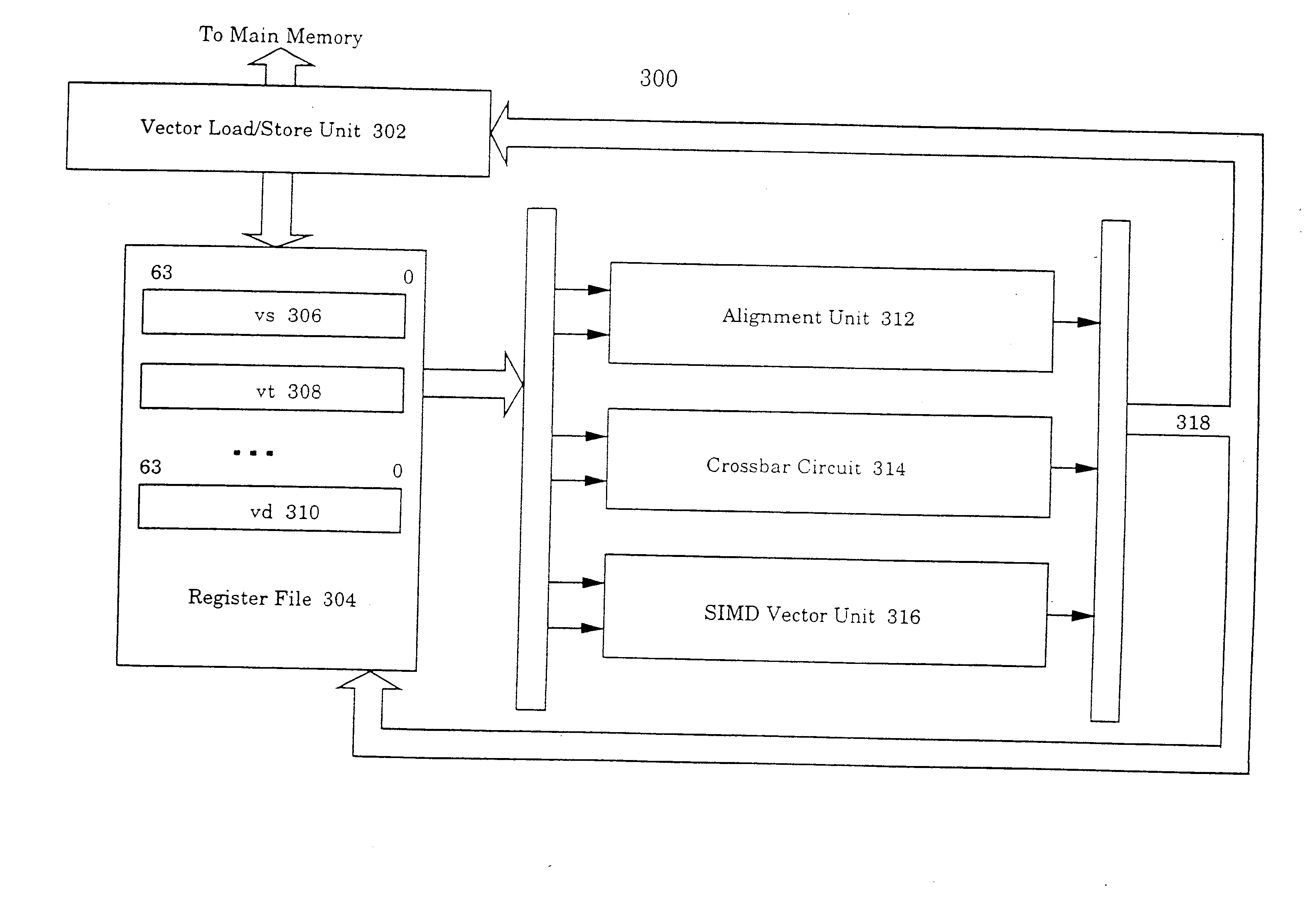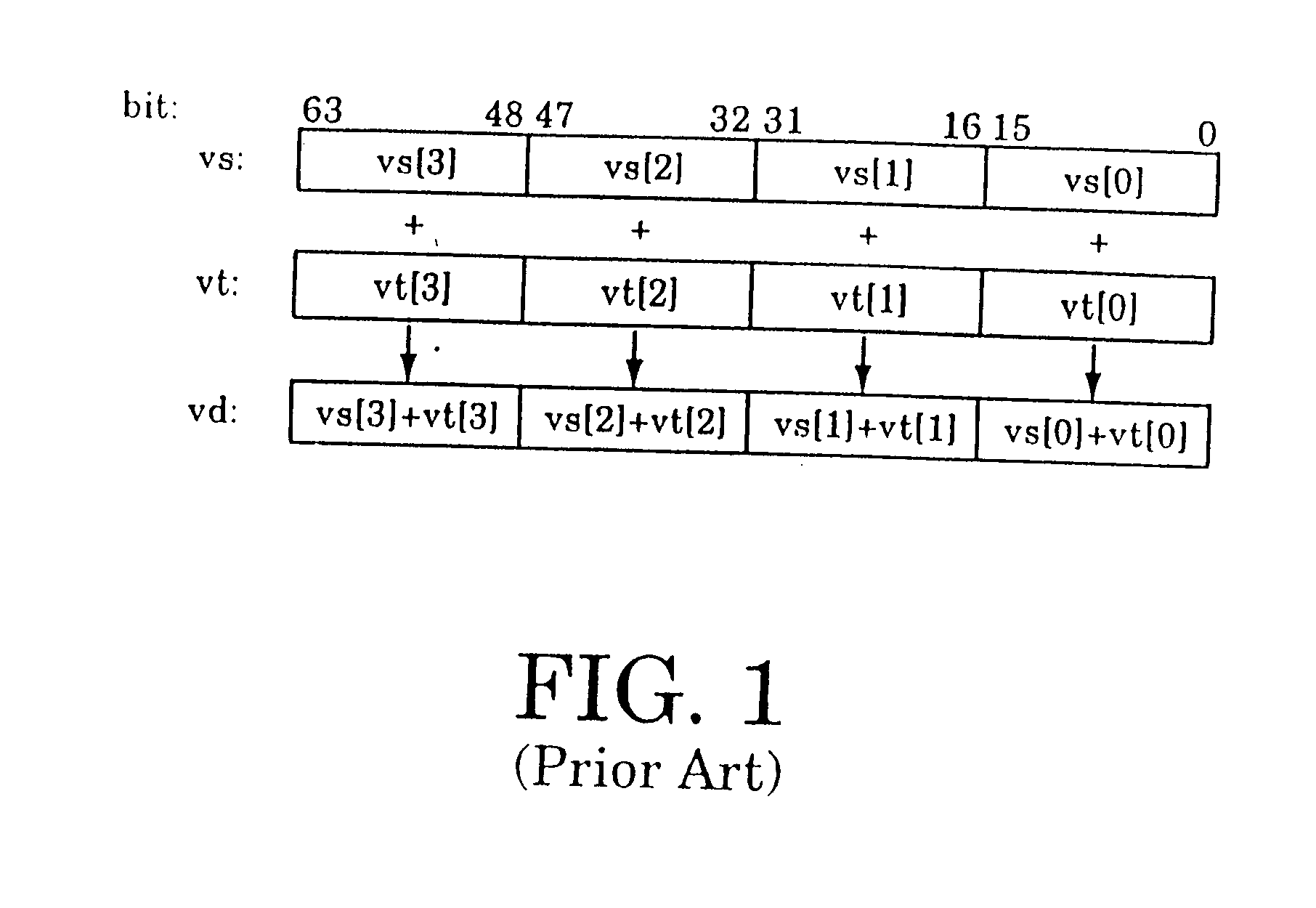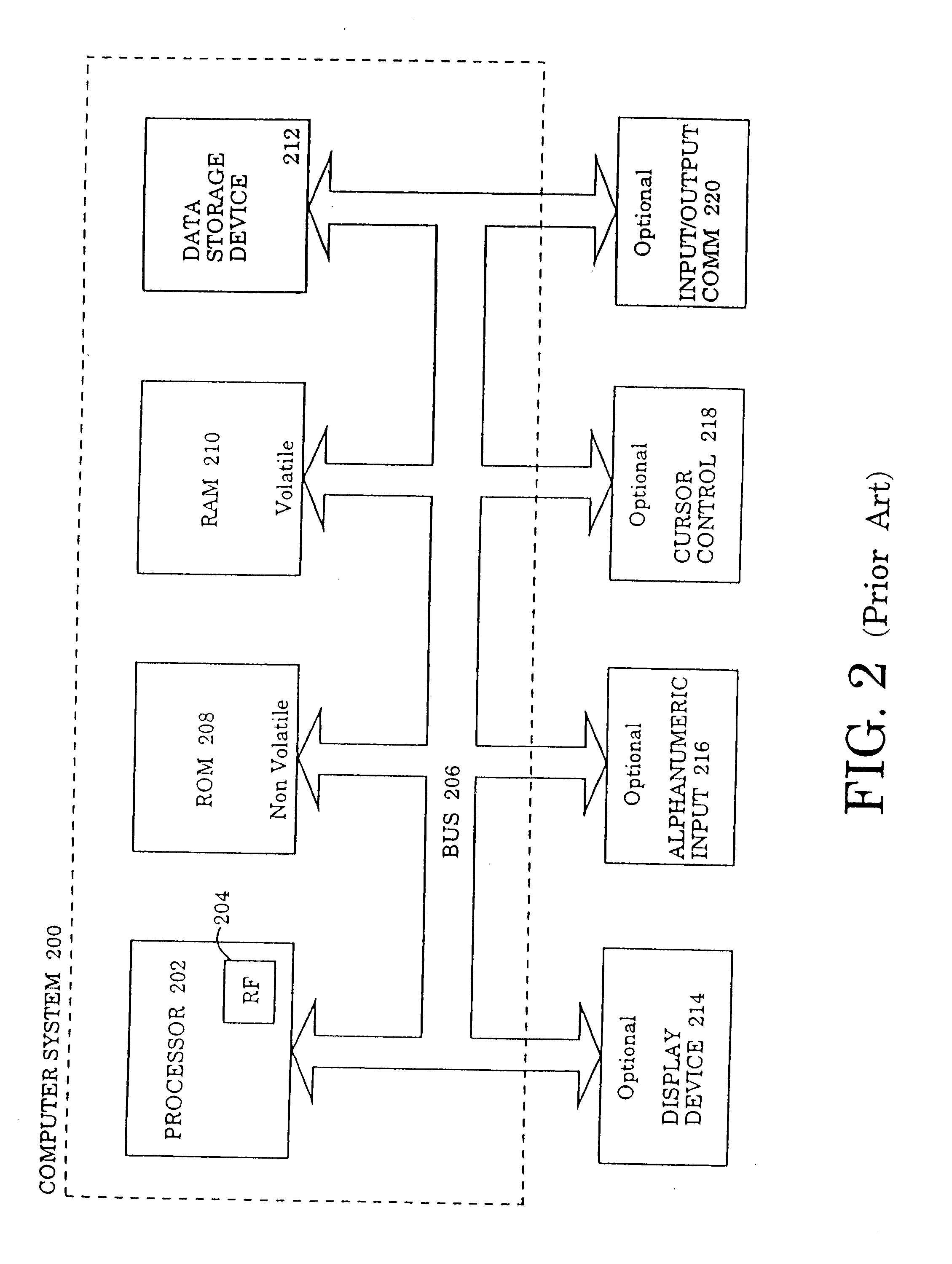Alignment and ordering of vector elements for single instruction multiple data processing
a data processing and vector element technology, applied in the field of single instruction multiple data processing, can solve the problems of not being able to distinguish the levels of light and sound beyond the levels, elements within application data vectors are often not, and elements may not be properly aligned for a simd operation
- Summary
- Abstract
- Description
- Claims
- Application Information
AI Technical Summary
Benefits of technology
Problems solved by technology
Method used
Image
Examples
Embodiment Construction
[0035] In the following detailed description of the present invention, numerous specific details are set forth in order to provide a thorough understanding of the present invention. However, it will be obvious to one skilled in the art that the present invention may be practiced without these specific details. In other instances well known methods, procedures, components, and circuits have not been described in detail so as not to unnecessarily obscure aspects of the present invention.
[0036] The present invention, a method for providing alignment and ordering of vector elements for single-instruction multiple-data (SIMD) processing, is described. The preferred embodiment of the present invention provides elements aligned and ordered for an efficient SIMD vector operation in a processor having 64-bit wide datapath within an exemplary computer system described below. Although such a datapath is exemplified herein, the present invention can be readily adapted to suit other datapaths o...
PUM
 Login to View More
Login to View More Abstract
Description
Claims
Application Information
 Login to View More
Login to View More - R&D
- Intellectual Property
- Life Sciences
- Materials
- Tech Scout
- Unparalleled Data Quality
- Higher Quality Content
- 60% Fewer Hallucinations
Browse by: Latest US Patents, China's latest patents, Technical Efficacy Thesaurus, Application Domain, Technology Topic, Popular Technical Reports.
© 2025 PatSnap. All rights reserved.Legal|Privacy policy|Modern Slavery Act Transparency Statement|Sitemap|About US| Contact US: help@patsnap.com



